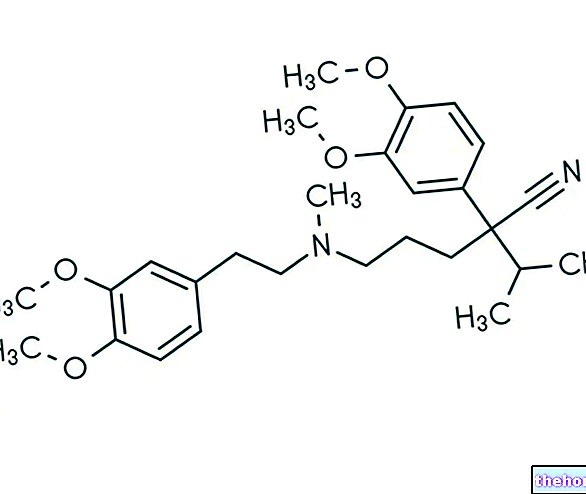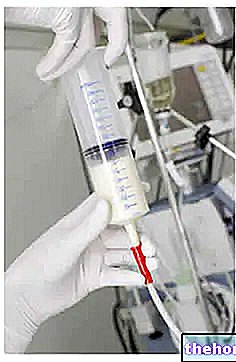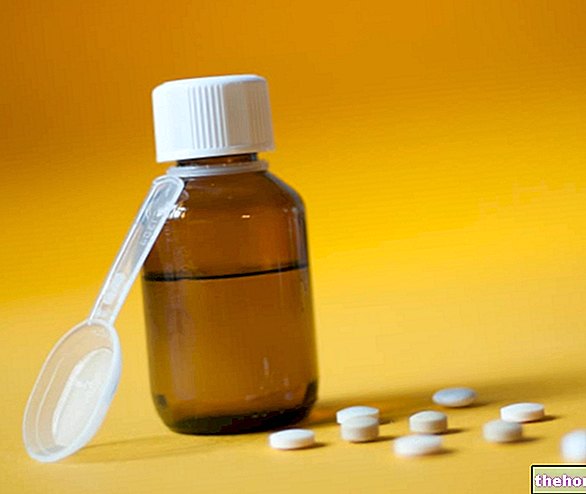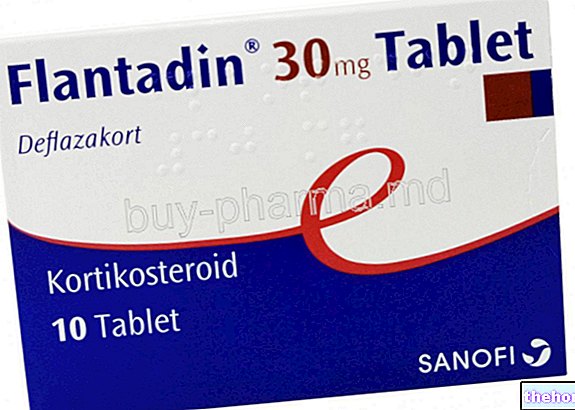Definition
Bacterial endocarditis is an infectious inflammatory disease affecting the endocardium (the inner lining of the heart) and heart valves.
It is a pathology that must be treated promptly and adequately, in order to avoid the onset of serious and dangerous complications, which can even have fatal outcomes.
Causes
Bacterial endocarditis is caused by an infection of the endocardium and heart valves, sustained by certain types of bacteria.
Most cases of bacterial endocarditis are triggered by streptococci and staphylococci, but also microorganisms such as Pseudomonas aeruginosa and enterobacteria can be the triggering cause of the disease.
Endocarditis develops when bacteria that are present in other areas of the body (such as the skin, mouth, intestines, urinary tract) spread through the bloodstream, evade the immune response and reach the heart, where they take root.
Patients with heart disease, patients who have had heart valve replacement surgery, patients with impaired immune systems and drug addicts are at increased risk of developing the infection.
Symptoms
The first symptoms that appear in patients with bacterial endocarditis are often nonspecific such as fever, fatigue, paleness, night sweats, general malaise and weight loss. Other symptoms that may appear are tachycardia, heart murmurs, arthralgia and chills.
At the local level, however, valve stenosis, myocardial abscesses, anomalies in the conduction system and heart failure can arise. The latter - in turn - can lead to heart failure with even fatal outcomes.
Furthermore, bacterial endocarditis can also have effects on other organs and tissues, causing - for example - septic emboli, petechiae, haemorrhages under the nails, transient ischemic attacks, strokes, brain abscesses, hematuria, glomerulonephritis, splenomegaly, etc.
The information on Endocarditis - Drugs and Treatment of Bacterial Endocarditis is not intended to replace the direct relationship between health professional and patient. Always consult your doctor and / or specialist before taking Endocarditis - Drugs and Treatment of Bacterial Endocarditis.
Medicines
Being an inflammation caused by bacteria, the drugs used for the treatment of bacterial endocarditis are antibiotics.
The choice of the type of antibiotic, or the combination of antibiotics, to use varies according to the microorganism that triggered the infection. In any case, the treatment of bacterial endocarditis involves hospitalization of the patient, since the aforementioned drugs are mostly administered intravenously.
In the most serious cases, however, it may be necessary to resort to surgery.

The following are the classes of antibiotic drugs most used in the therapy against bacterial endocarditis and some examples of pharmacological specialties; it is up to the doctor to choose the active ingredient and the dosage most suitable for the patient, based on the severity of the disease, the state health of the patient and his response to treatment.
Penicillins
Among the penicillins that can be used in the treatment of bacterial endocarditis, we remember:
- Benzylpenicillin (Benzylpenicillin potassium K24 Pharmaceuticals®): the dose of benzylpenicillin usually administered in adults is 1-2 million units per day, to be administered in divided doses over 24 hours through an intravenous infusion.
- Oxacillin (Penstapho®): Oxacillin can be administered either by slow intravenous injection or by intravenous infusion. However, the latter method of administration is the most widely used.
The quantity of drug usually administered in adults and children with a body weight equal to or greater than 40 kg is 1 gram of drug, at intervals of 4-6 hours. In any case - if he deems it necessary - the doctor may decide to increase or decrease the dose of drug usually used. - Ampicillin (Amplital®, Pentrexyl®): In the treatment of bacterial endocarditis, ampicillin is administered parenterally by intravenous infusion. The dose usually used in adults is 1 gram of drug every 8 hours, or 2 grams every 12 hours. In any case, the exact amount of drug to be administered will be determined by the doctor.
Cephalosporins
The cephalosporins that are mostly used in the treatment of bacterial endocarditis are:
- Ceftriaxone (Rocefin®): When ceftriaxone is administered intravenously, the dose usually used in adults, the elderly and children over 12 years of age and over 50 kg body weight is 1-3 g per day. The doctor - if he deems it necessary - may decide to increase the dose administered up to a maximum of 4 g of drug per day.
- Cefazolin (Acef®): Cefazolin is available for intramuscular administration. The dose usually used in adults is 1-3 g of drug, to be administered in two or three divided doses. The exact dosage of cefazolin must be determined by the physician on an individual basis.
Other antibiotics used in the treatment of Bacterial Endocarditis
- Gentamicin (Gentalyn ® solution for injection): gentamicin is an antibiotic belonging to the class of aminoglycosides. The dose of drug usually administered to children, adolescents and adults is 3-6 mg / kg of body weight per day, to be administered intravenously or intramuscularly in a single dose, or in two divided doses.
- Rifampicin (Rifadin ®): Rifampicin is an antibiotic belonging to the rifamycin class. When used in the treatment of bacterial endocarditis, rifampicin is usually administered in combination with other antibiotics. The dose of drug usually used intravenously in adults is 600 mg per day.
- Vancomycin (Levovanox ®): vancomycin is a cyclic peptide with antibiotic activity. It is used when the patients to be treated are allergic to penicillins and cephalosporins; similarly, vancomycin is used for the treatment of bacterial endocarditis sustained by bacterial strains resistant to penicillins.
The dose of vancomycin usually administered intravenously in adults is 2 grams of the active ingredient per day, to be taken in divided doses every 6, or every 12 hours.
Vancomycin can be used in the treatment of bacterial endocarditis, either alone or in combination with other antibiotics.




























